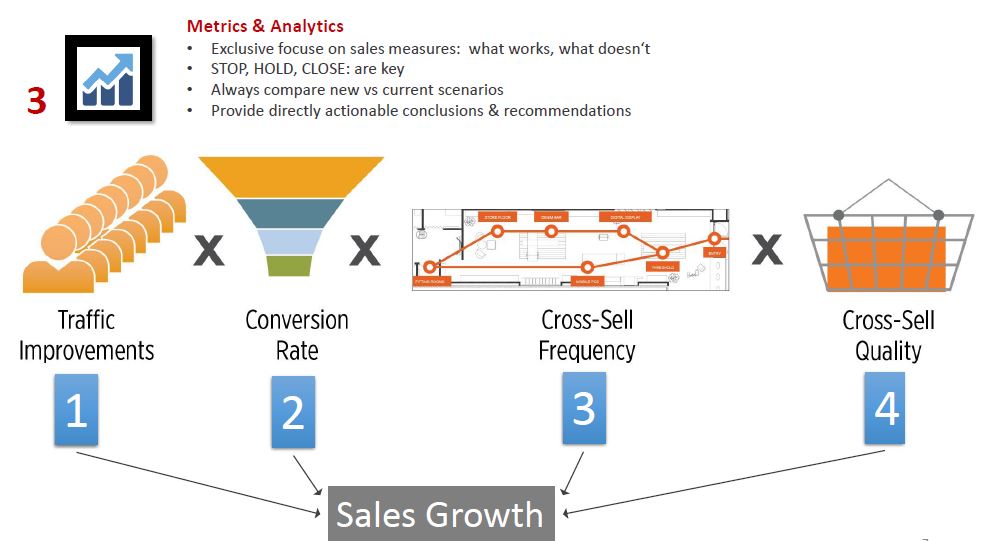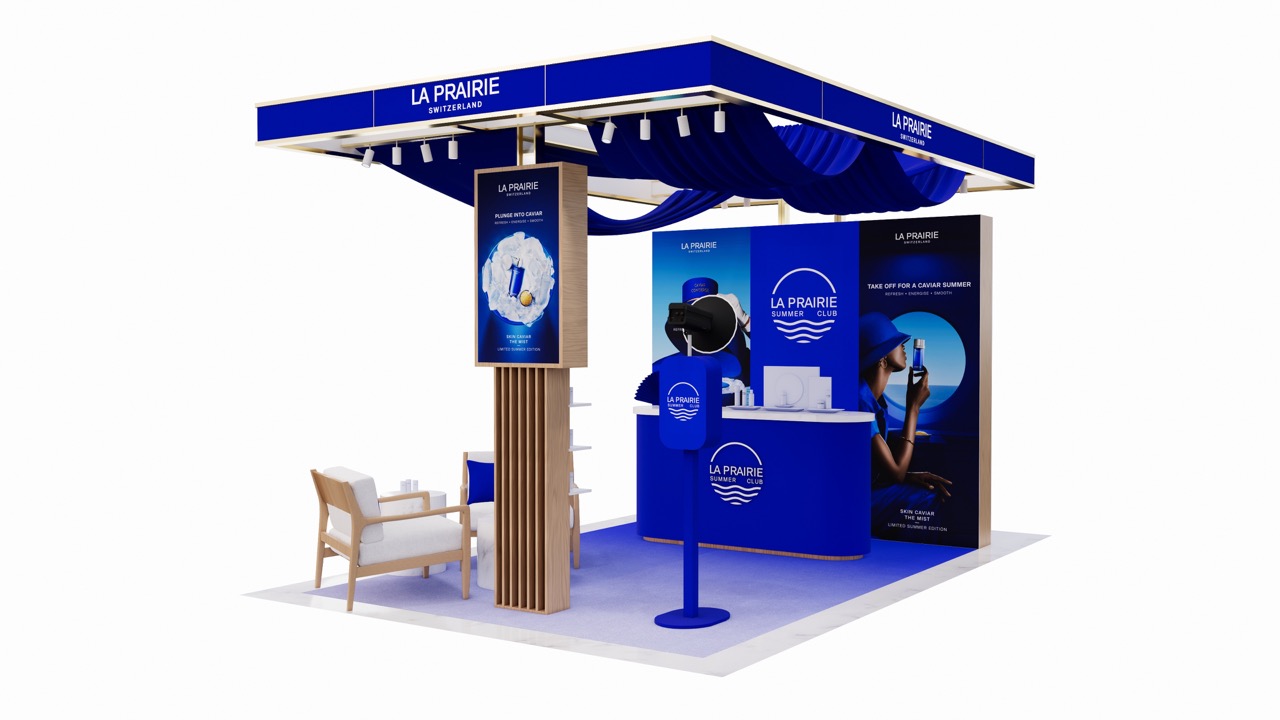The Moodie Davitt Report presents the latest edition of regular column The Digital Conversation, in association with Shiseido Travel Retail. In this report we meet Bernhard Treiber of German company 4Dshopper, which creates virtual in-store simulations that allow retailers to test marketing and brand concepts before they are launched in real life.

GERMANY/INTERNATIONAL. Extensive research and analysis is usually demanded when a brand or retailer wants to try something new in a travel retail location. Ultimately though, the only way of knowing for sure if it will work is to implement it.
But what if the idea could be tested in the same store environment with real consumers – but in a virtual rather than real-world space?
Enter 4Dshopper, and its concept of the virtual retail store.
“Sometimes people’s first reaction when they hear about it is to say ‘that’s odd’,” says 4Dshopper Director Bernhard Treiber.
But such reactions give Treiber – a psychologist by training – the perfect opportunity to demonstrate what 4Dshopper can offer [see videos and graphics on this page].
The German company creates virtual in-store simulations which allow retailers to test and explore shopper marketing concepts and initiatives before they are launched in real life.
“We are creating airport duty free shops in a virtual world,” says Treiber. “Everything inside the store is fully covered as a 3D object.
“You can have access to each of these products and you can pull them out. You can look at them and interact with them. And you can also buy them.”
How it works
Treiber says the simulations are designed to bring retailers’ in-store ideas to life as “ultra-realistic fully interactive retail scenarios”. These concepts are translated into ‘test cells’ of a typical shopper experiment, and the required in-store test variations are created virtually.
To create the simulations, 4Dshopper collects a series of images at the real-world store location [the example in the video above is the World Duty Free store at Madrid–Barajas Airport Terminal 4]. The company has developed its own software which uses these images as building blocks to create a virtual store in which full interaction is possible. Elements can be moved around, entire categories might be uprooted and placed in a different part of the store, or new features added.

“Clients might say: ‘Confectionery has a certain place inside my store. What if we simply put it not at the entrance, but close to another category?’” explains Treiber. “We can take the entire category and put it somewhere else. We compare the current situation with something new. Together we almost reinvent the category.”
But to be useful, the store must be populated. The company invites consumers, drawn from all around the world, to participate in studies by email. The ‘shopper’ simply clicks a link using their own laptop or desktop. 4Dshopper then takes them through a demonstration, before they are unleashed in the virtual world. Typically, users are given 10-15 minutes to shop at the store.
Everything that takes place in the virtual store environment is automatically recorded on a second-by-second basis, meaning 4Dshopper knows exactly what someone walking through the environment does – where they stop, which products are picked up and how much time is spent interacting with new products.
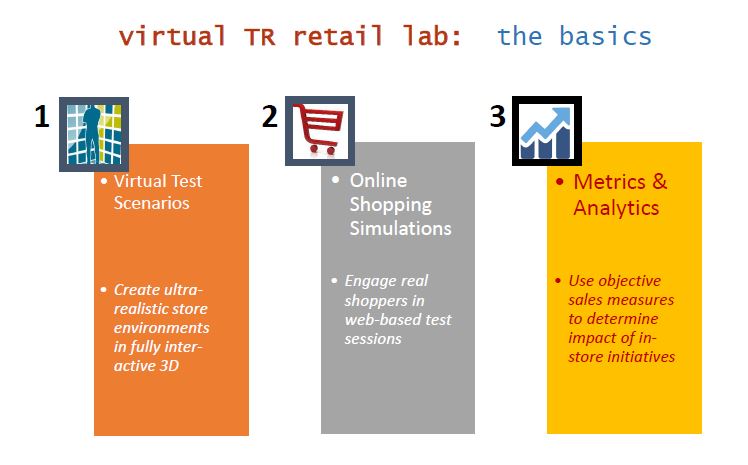

4Dshopper is therefore able to conduct web-based shopper experiments, and observe respondent behaviour across several dimensions, including product interaction, penetration rates, and sales value. The company says it can predict the sales impact of the in-store innovations, as incremental volume and value, using advanced data analytics.
Conducting research using the simulations avoids many of the logistics issues that would arise if the same research were to be conducted in the physical store, Treiber says.
“We have razor sharp access to exactly the kind of individuals our clients would like to talk to,” he notes. “It could be just higher-income Chinese women. And we have a number of categories covered – perfume, tobacco, liquor and confectionery – which allows us to go to specific clients, working in that environment and in that category.
“We can do something about the shelf layout, put in some new products, do something about changing the packaging design. There are all types of factors which can easily be changed and compared against the current situation in a given airport.
“We usually run about 300-400 respondents through the environment [for a project] . By the end of the day, which is done in the virtual time, we get an idea of what attracts people, what gets more shoppers into the store, and what lets them interact more intensely with products. And we look at what comes out of it in terms of sales volume and value.”
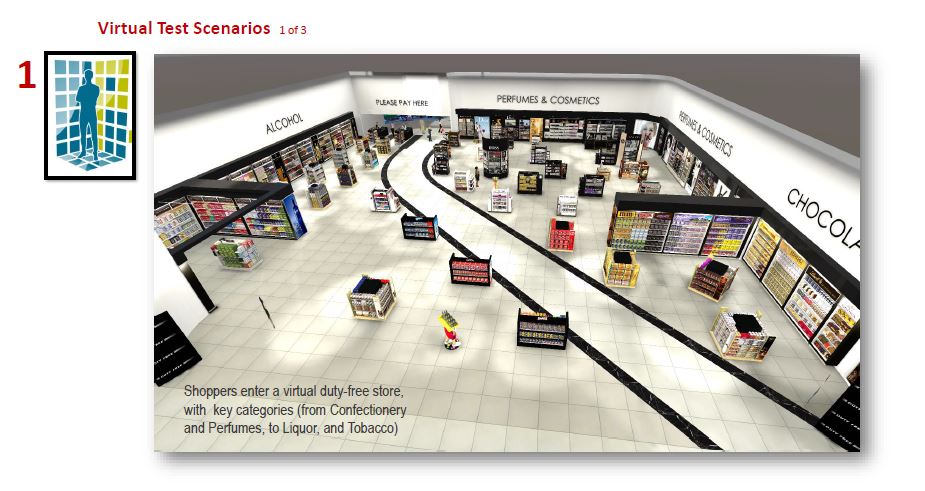
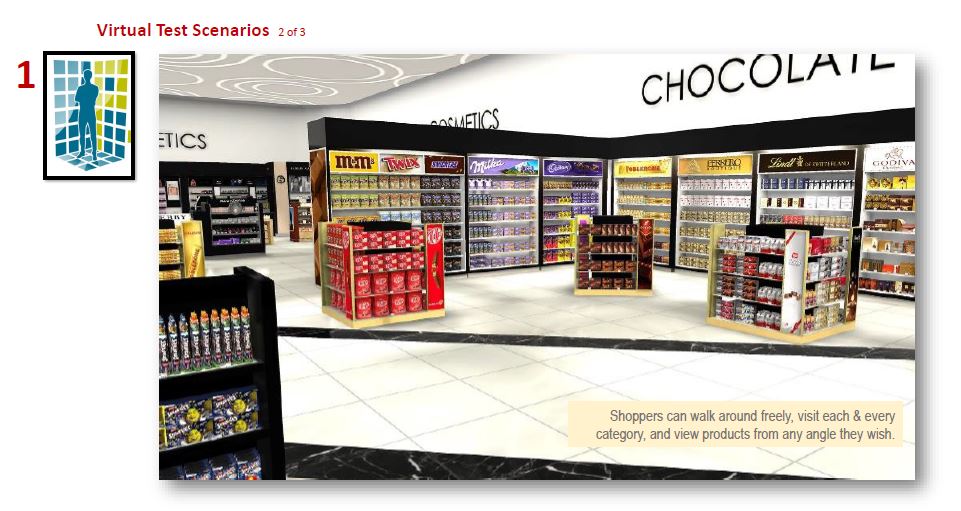
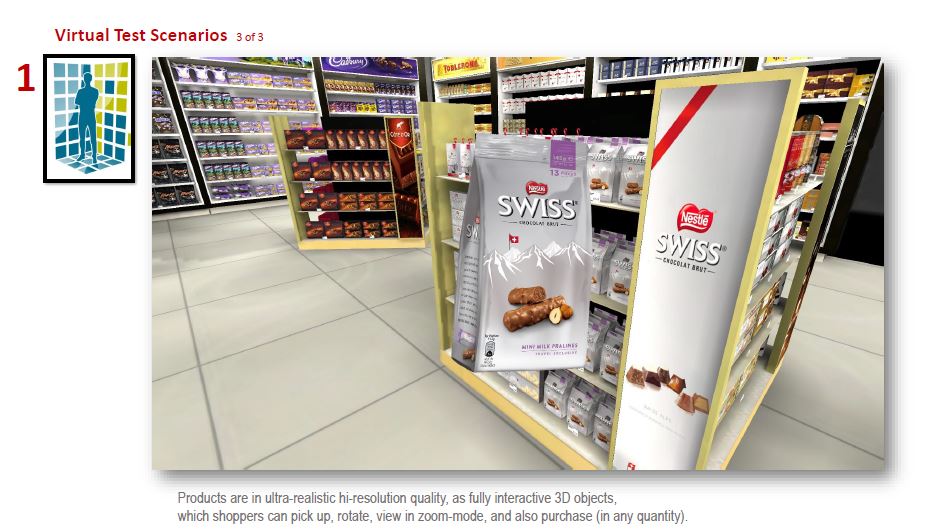
Crucially, Treiber says brand clients can then go to the airport retailer with proposals backed up by statistics.
“The intention is for our clients to be able to go back to the retailer at the airport and tell them what they are proposing or planning. The retailer will most likely ask what’s in it for them, and the client can say they did a study, going through a real shop,” he says. “They can then say they expect something like +6% or +7% more for the retailer for the category. The brand owner might get some 10% or 15% out of it. And at that moment, of course, it actually becomes much more.”
Gaining visibility
4Dshopper was formed after Treiber recognised the inadequacy of the solutions already on the market, which were “too clumsy, too awkward in terms of their picture quality and not very good”.
The company began working with supermarkets but moved into the travel retail business around three years ago following requests from clients. Meeting the demands of the channel required a radical new approach. “It was very clear that we had to meet increased expectations in terms of providing a perfect, super-realistic environment,” says Treiber. “We had to rework our existing software.”
The company’s operational base is in Düsseldorf, Germany, while the commercial side is handled in London. A partner company is based in Atlanta in the USA.
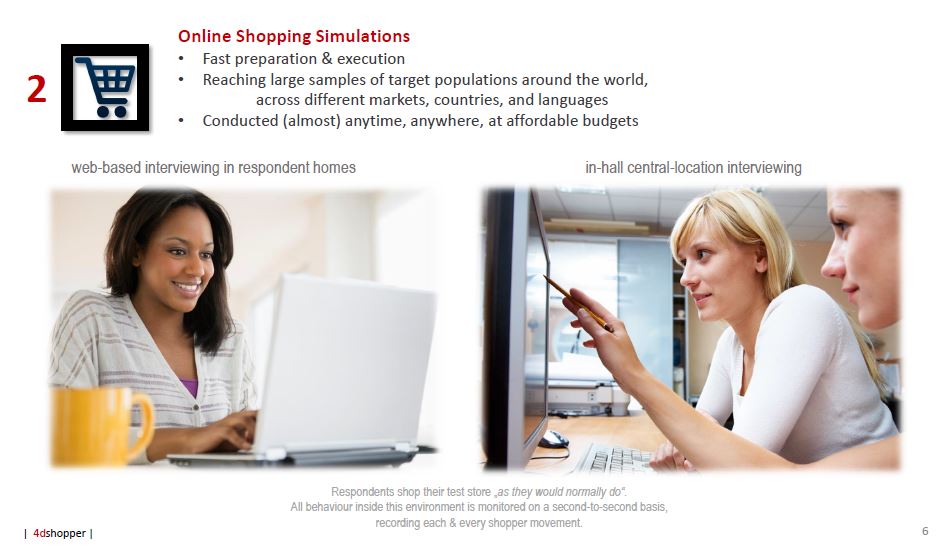
A typical project can be run within a week. A client will later receive a report detailing the sales impact. “That is our sole currency,” says Treiber. “We are less interested in what people tell you they would like to do and what they would like to buy and how that appeals. There are many studies that have shown it’s not that important.
“What is important is what they actually do in that environment. And that is what we observe, so that we see what grabs their attention and what happens subsequently in terms of added sales volume and sales value.
“The software allows for rapid implementation, taking into account different factors and variables in terms of executing a particular project. We can work in any type of market. It could be Saudi Arabia. It could be with languages like Chinese or Japanese.”
4Dshopper is currently working with five clients in travel retail, including Mondelēz and Procter & Gamble [whose fragrance business has now been transferred to Coty]. Currently, all clients are on the brand side but Treiber says this may change in the future.
Take part in the great travel retail Digital Conversation We welcome contributions from both industry and external perspectives. Please send your views, videos and case studies to Martin@MoodieDavittReport.com headed ‘The Digital Conversation’ |
“I still think in retail it is essentially the obligation of the brand owner to come to retailers with smart ideas. But we hope to get into business with the Heinemanns of the world, because we are essentially talking about a total store perspective. We can very easily, from a marketing perspective, help them in terms of the floor layout, spacing and where to put which category.”
As many who have met Treiber have noted, a virtual travel retail store featuring real shoppers may seem like an odd idea at first – but he is convinced it can offer extra value to brands and retailers alike. As a small company, the key will be gaining visibility in the channel.
“We want companies to know there’s a solution to problems they certainly have. They may not know that there’s a solution which is affordable which can also be done in good time and doesn’t involve much client engagement,” concludes Treiber. “They simply give us a few pictures of new products, new package designs and so on. That’s all. And everything else is our job.”
